Rebuilding the 'Publicness' of Public Spaces: Insights from the Renewed Urban Villages in Xiamen
Authors: Helen Nuo XU and Gehry Guo CUI
Urban villages emerged as a direct result of rapid urbanization when farmlands were purchased for green new development, leaving villages surrounded by modern high-rises. They are usually densely built and populated, accommodating migrants with low rent price and proximity to jobs and urban activities.
Despite the benefits these lands offer, we also see environmental and social issues in urban villages, with one of the most noteworthy being a severe deficiency in public space. Due to land scarcity and weak regulation, narrow alleys and irregular building layouts largely limit communal areas. It is quite often to see children playing in narrow spaces in front of house entrances and alleys, that are obstructed by parked vehicles and constantly disturbed by motorcycles, posing significant safety hazards.
During our visit to Xiamen's renewed urban villages in November 2024, we gained new insights into the potential for publicness and vibrancy in public spaces and their impact on residents' daily life. Xiamen is the capital of Fujian province and is one of the earliest China's Special Economic Zones assigned in 1980. Behind its economic strength, these urban villages remain largely unnoticed by the city's visitors: the city is home to 774 urban villages, spanning 79.11 million square meters, comprising 208,300 houses and accommodating more than 40% of Xiamen's resident population—approximately 2.27 million people. In consideration of both issues and large potentials of urban villages, Xiamen launched a three-year urban village renewal and governance plan (厦门市城中村现代化治理三年行动方案(2023-2025年)) in 2023, aiming to transform 108 urban villages into liveable, vibrant, and inclusive communities.
Vibrant public spaces growing in Xiamen's urban villages
As one of the direct results of urban village renewal, certain public spaces are emerging as vibrant community hubs, fostering diverse activities and events:
In Houpu Urban Village, the space in front of Chen ancestral hall has been transformed to become an important part of community's daily life, serving as a sports ground, tea corner, chess room, children's playground, and more other roles. Framed by the rich Fujian architectural style and deep cultural heritage, the public space creates a unique and dynamic scene where tradition and contemporary community life harmoniously intertwine.
Malong Urban Village, is situated in the heart of Xiamen Island and adjacent to industrial science parks. The favourable geographic location makes it a lively neighbourhood full of street-side restaurants and shops, and frequently visited by takeaway riders. The public space beneath the old tree has been revitalized into a welcoming rest spot for delivery riders to pause and recharge. A simple yet thoughtful sign hanging from the tree reads 'Riders are welcome to stop and rest here,' reinforcing the space's role as a shared space within the bustling urban landscape.
A renewal story of Tatou Square
Specifically, Tatou Square in Tatou Urban Village caught our attention for its transformation, when it was selected as the site for 2024 Xiamen Urban Design Week's opening ceremony.
Tatou Urban Village is one of the earliest fishing villages along Xiamen island's southern coast, and is now accommodating an increasing number of guest houses and restaurants that serve tourists, benefiting from its prime seaside location. Tatou square, located at the heart of the village, used to be the centre gathering space in front of Brigade (dàduì in Mandarin) Building. However, as the village transitioned into an urban village, the square became cluttered with illegal structures, where farmers sold vegetables, meat, fruit, and occasionally prepared foods, while residents gathered daily for chat and socializing. Today, it has been revitalized into a vibrant public square that supports daily activities and hosts community events. Based on field observations and expert interviews, we discovered that Tatou Square's renewal presents an intriguing case study for recreating public spaces, with two key points stand out as valuable insights.
Firstly, respect bottom-up 'Wild Needs' with gentle interventions. This approach differs from the traditional top-down spatial governance in China by fostering procedural publicness through grassroots participation.
Reflecting on the planning and design of public spaces in modern cities, a large proportion of them are technically designed with defined spatial forms and strong aesthetic considerations. However, spontaneous user behaviours and the evolving identity of a place are difficult to design for. This challenge is frequently cited as a limitation of top-down planning. In contrast, traditional rural villages tend to develop public spaces organically as a natural response to daily life and production needs.
The renewal team—comprising professional planners, professors and students from Xiamen University—respected its spontaneous function as a significant social space, and implemented necessary yet moderate interventions for safety reasons.
Unsafe constructions within the site were removed to eliminate potential hazards, and the marketplace was relocated to a neighbouring legal building. Meanwhile, existing architectural and environmental features, such as the warehouses and old trees, were preserved as much as possible. This approach maintained the site's original spatial enclosure and ensured coherence in its overall structure. Additionally, elements like stone benches and scenic walls were introduced, offering a high-quality public environment that responds to fundamental needs for rest and social interaction.
Secondly, engage the migrant community in the renewal process. Unlike previous urban governance practices that primarily focused on the needs of property owners and villagers while excluding tenants, this approach achieves inclusivity by embracing the diversity of the community.
Migrant children played an active role in shaping Tatou Square's new identity by participating in wall-painting and public space decorations. One notable initiative involved children engraving the names of their hometown villages onto local red stones, which were then assembled into a scenic wall—symbolizing the integration of new and old identities within the urban village.
So far, Tatou Square has hosted more than ten diverse community events and festivals, reinforcing its role as a vibrant social hub. These engagement activities have transformed the public space into a vessel of collective memory, preserving local history while embracing the diverse identities of migrant communities. By fostering participation, the renewal process has cultivated a shared sense of ownership and belonging among residents.
As just early suggested by Doug Saunders in his book Arrival City, 'Rather than dismissing these neighborhoods as changeless entities or mere locations. We need to start seeing them as a set of functions.' There is much to explore in how thoughtful, community-driven interventions can transform urban villages into dynamic, inclusive spaces that evolve with the needs of their residents.
Authors:
Helen Nuo XU
She is a special research member of URBAN LAB 8 and Urban China. She holds an MPhil in Planning, Growth, and Regeneration from the University of Cambridge. She has gained diverse research and professional experience through internships at institutions such as UN-Habitat and the China Academy of Urban Planning and Design. Her work focuses on inclusive urban regeneration, environmental and social sustainable development, and she explores these themes via spatial analysis, research articles and podcasts.
Gehry Guo CUI
He is the executive editor of Urban China magazine, and directs the Urban Planning Department at Shanghai HuaDu Architecture & Urban Co., Ltd. (HDD). He is also the founder of URBAN LAB 8 (www.urbanlab8.com), an open research network formed by more than 70 outstanding young scholars in architecture and urban planning worldwide.
When you subscribe to the blog, we will send you an e-mail when there are new updates on the site so you wouldn't miss them.

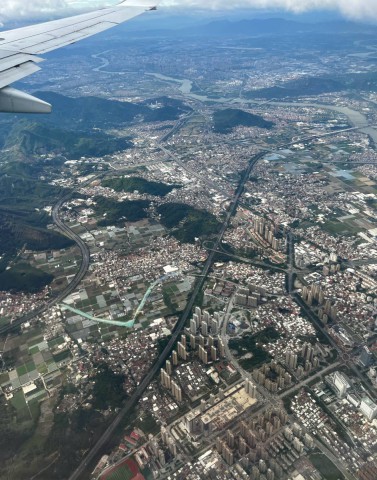
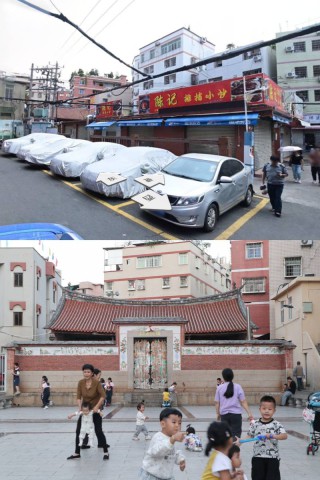
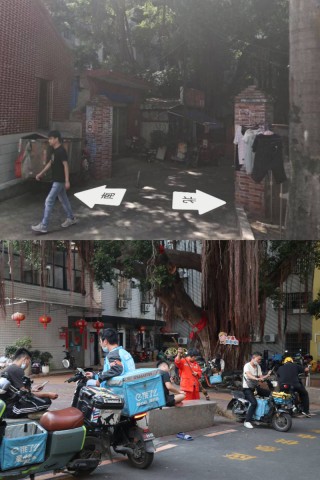
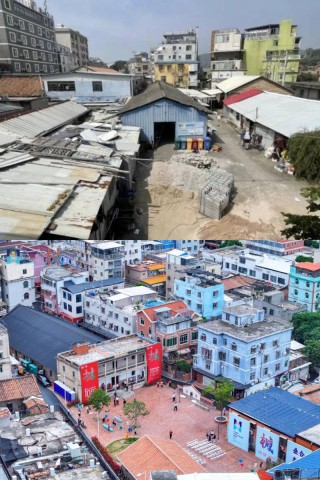


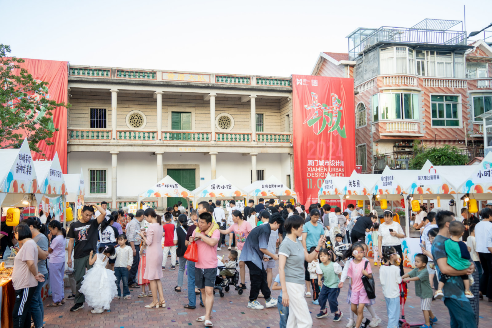

Comments